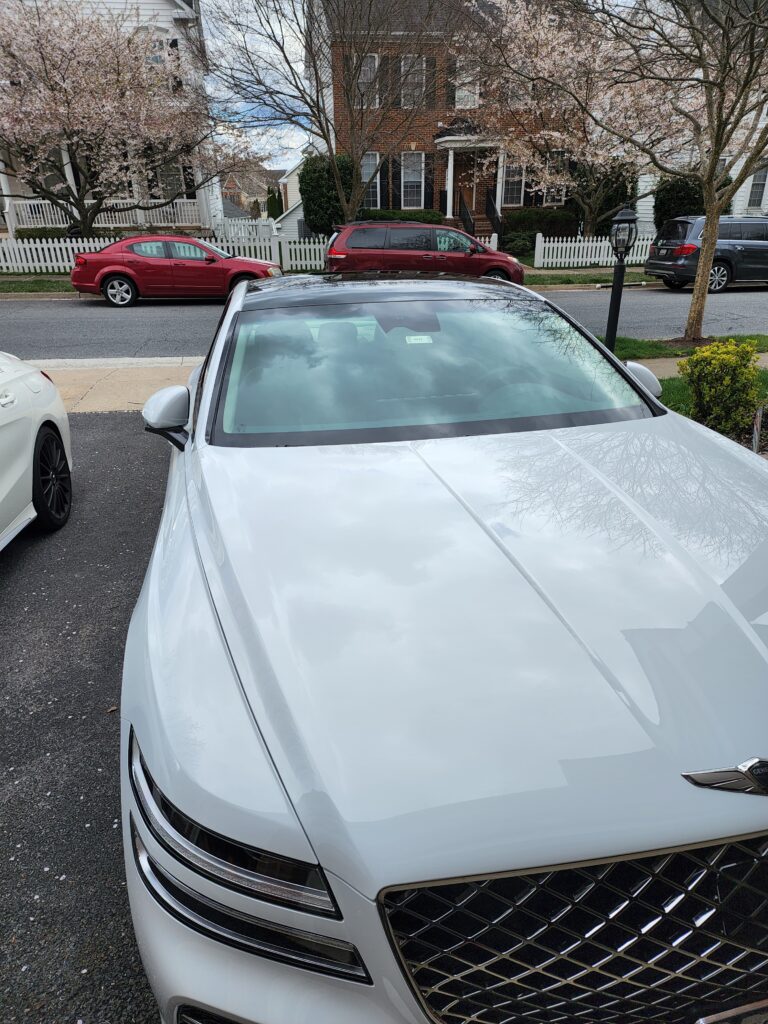
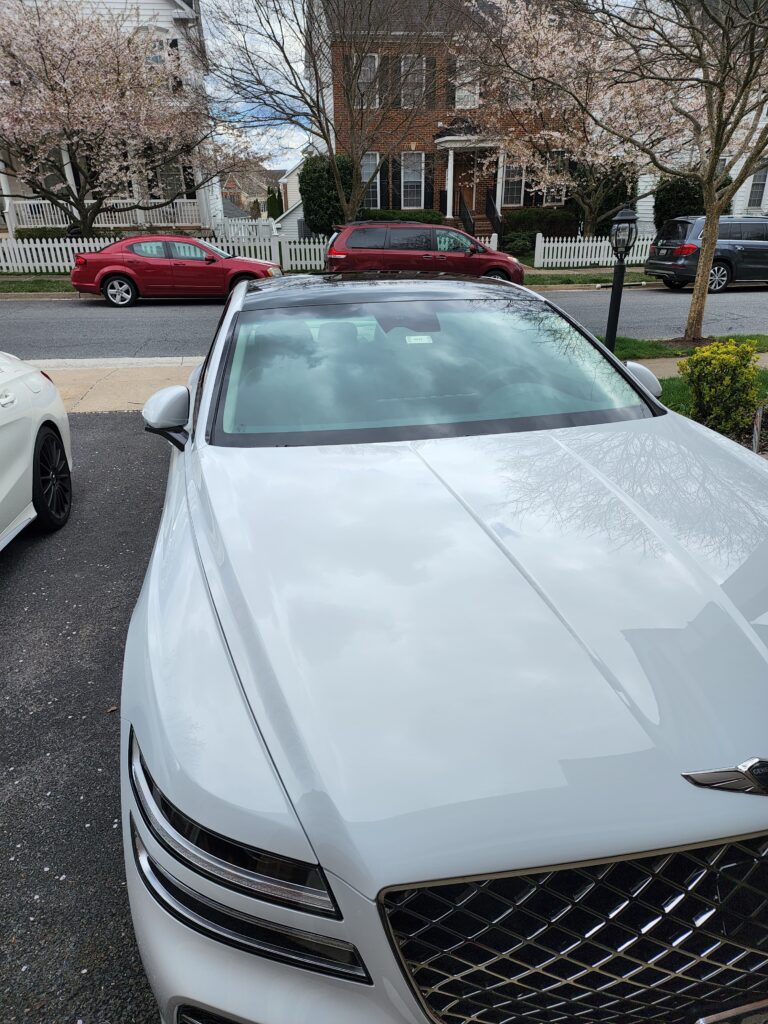
Introduction
Your car is more than just a mode of transportation—it’s an investment. Whether you’re driving through dusty highways or parking under the blazing sun, your car’s paint is constantly exposed to elements that can cause damage. To keep your car looking pristine, two popular solutions often come up: ceramic coating and paint protection film (PPF). But which one is the right choice for your car? Let’s dive in.
What Is Ceramic Coating?
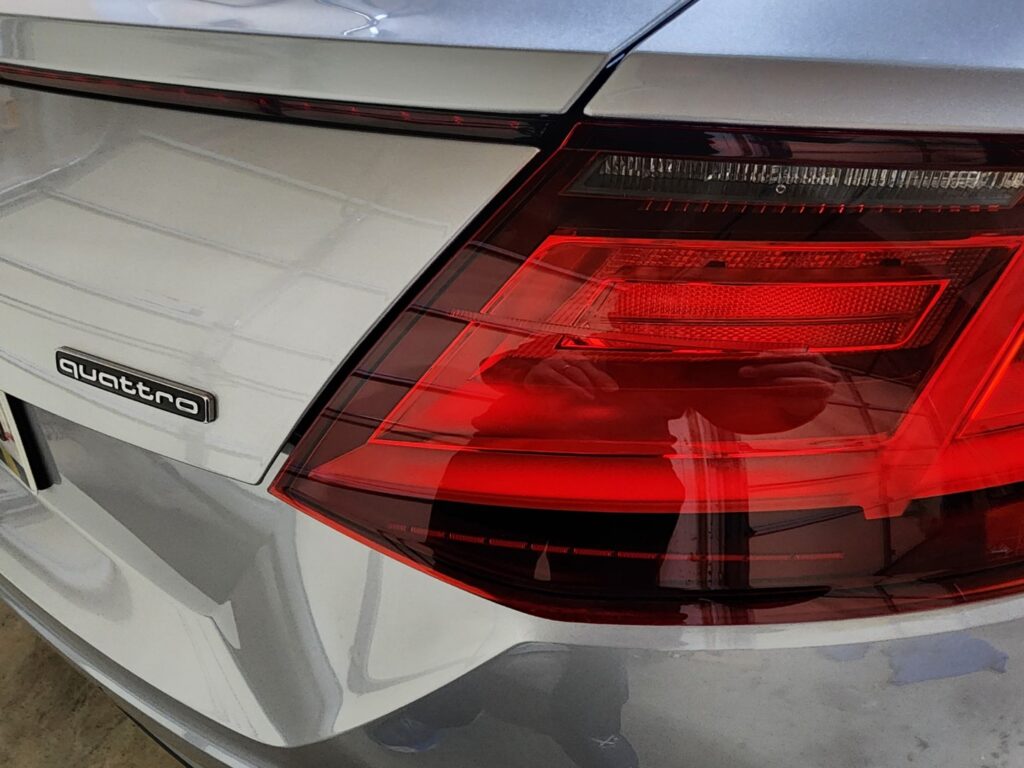
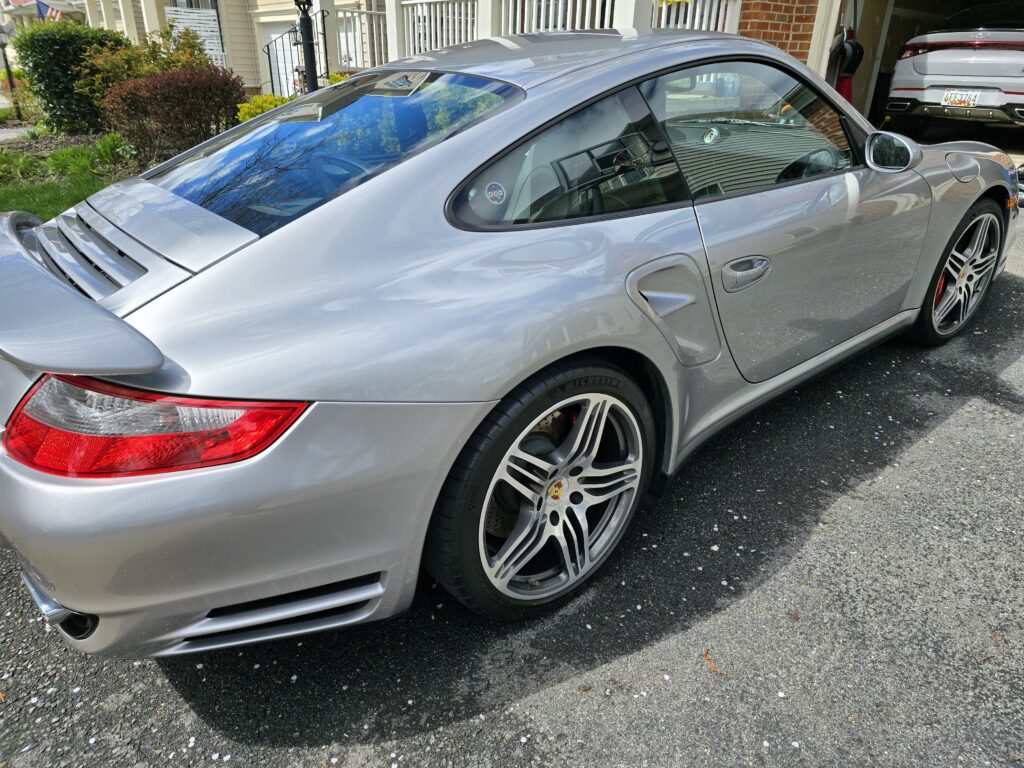
Ceramic coating is a liquid polymer applied to a car’s exterior to create a semi-permanent protective layer. It’s often made of silica dioxide (SiO2), which bonds chemically to the paint.
How It Works
Once applied, the coating fills in microscopic imperfections on the paint’s surface, creating a smooth, hydrophobic layer. This makes water and dirt bead up and roll off, keeping your car cleaner for longer.
Pros of Ceramic Coating
- Hydrophobic Protection: Repels water, dirt, and grime effortlessly.
- UV Resistance: Shields your car from sun damage, preventing paint fading.
- Enhanced Gloss: Adds a deep, mirror-like shine to your car.
What Is Paint Protection Film (PPF)?

PPF, often called a clear bra, is a transparent polyurethane film applied to a car’s surface. It’s designed to protect against scratches, chips, and other physical damage.
How It Works
PPF acts as a physical barrier, absorbing impacts from road debris and minor accidents. Modern films also have self-healing properties that repair small scratches when exposed to heat.
Pros of PPF
- Superior Protection: Guards against scratches, rock chips, and abrasions.
- Self-Healing: Minor scratches disappear with heat application.
- Long-Lasting: Can last up to 10 years with proper care.
Ceramic Coating vs. PPF: Key Differences

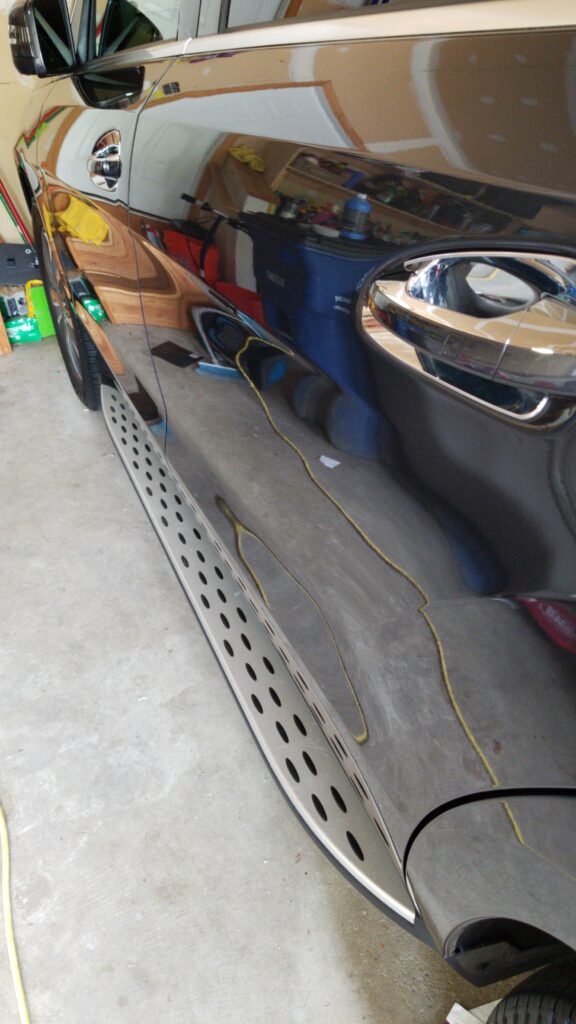
Materials Used
- Ceramic coating is a liquid polymer.
- PPF is a thick polyurethane film.
Protection Capabilities
- Ceramic coating focuses on chemical protection (e.g., UV rays, water).
- PPF offers physical protection against impacts and scratches.
Durability and Lifespan
- Ceramic coating lasts around 2-5 years.
- PPF can last 5-10 years, depending on quality.
Appearance Enhancement
- Ceramic coating adds gloss and depth.
- PPF is nearly invisible but doesn’t enhance gloss as much.
Cost Comparison
- Ceramic coating is generally more affordable, starting at $500-$2,000.
- PPF is pricier, ranging from $1,000-$7,000, depending on coverage.
Ceramic Coating: Advantages and Disadvantages
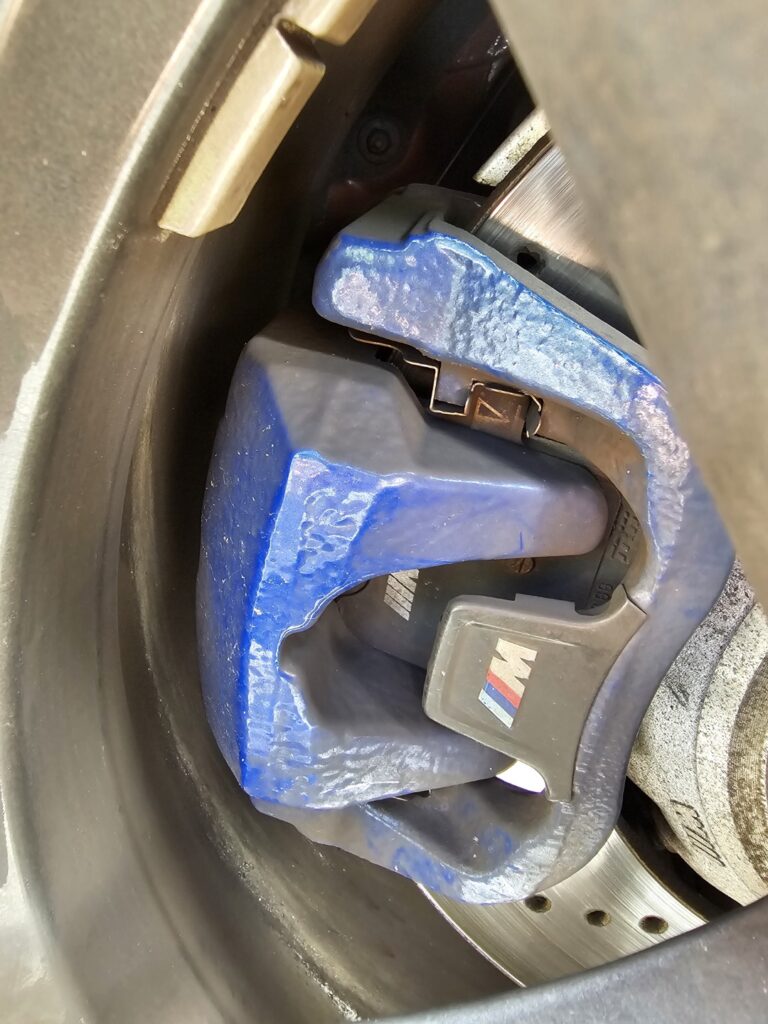
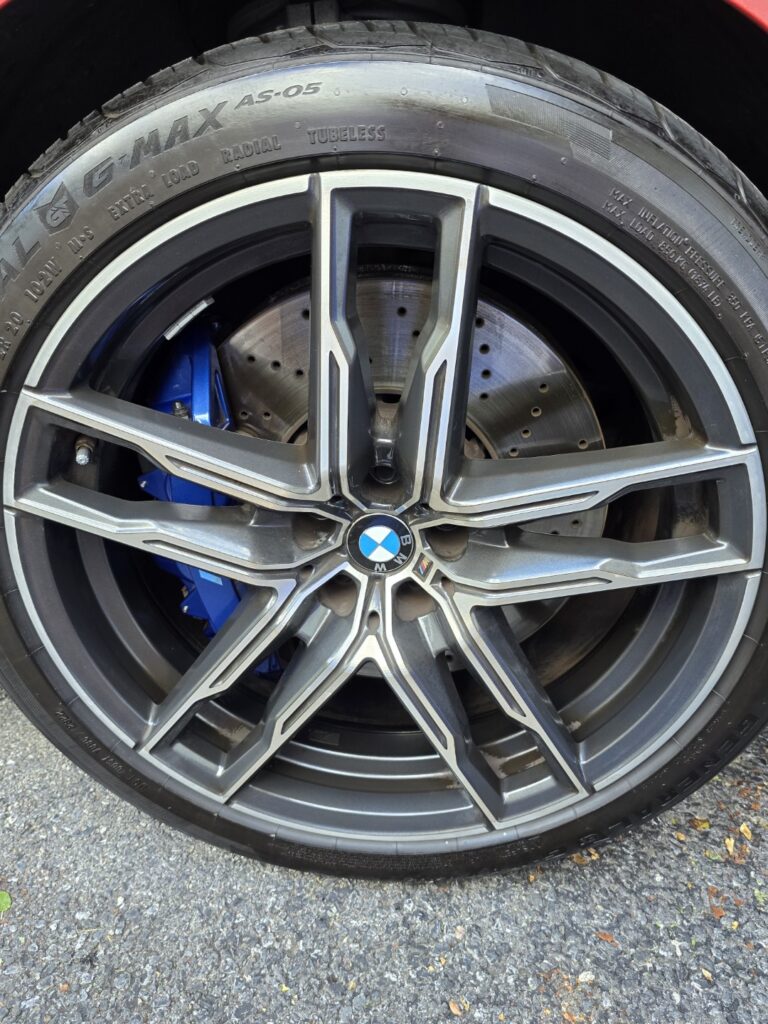
Advantages
- Keeps your car cleaner for longer.
- Enhances your car’s shine and aesthetic appeal.
- Protects against harmful UV rays.
Disadvantages
- Cannot prevent physical damage like rock chips.
- Requires professional application for best results.
PPF: Advantages and Disadvantages
Advantages
- Absorbs impacts, preventing damage to your car’s paint.
- Self-healing properties keep your car looking new.
- Excellent for high-impact areas like bumpers and hoods.
Disadvantages
- Expensive upfront cost.
- May discolor over time if low-quality film is used.
Scenarios Where Ceramic Coating Works Best
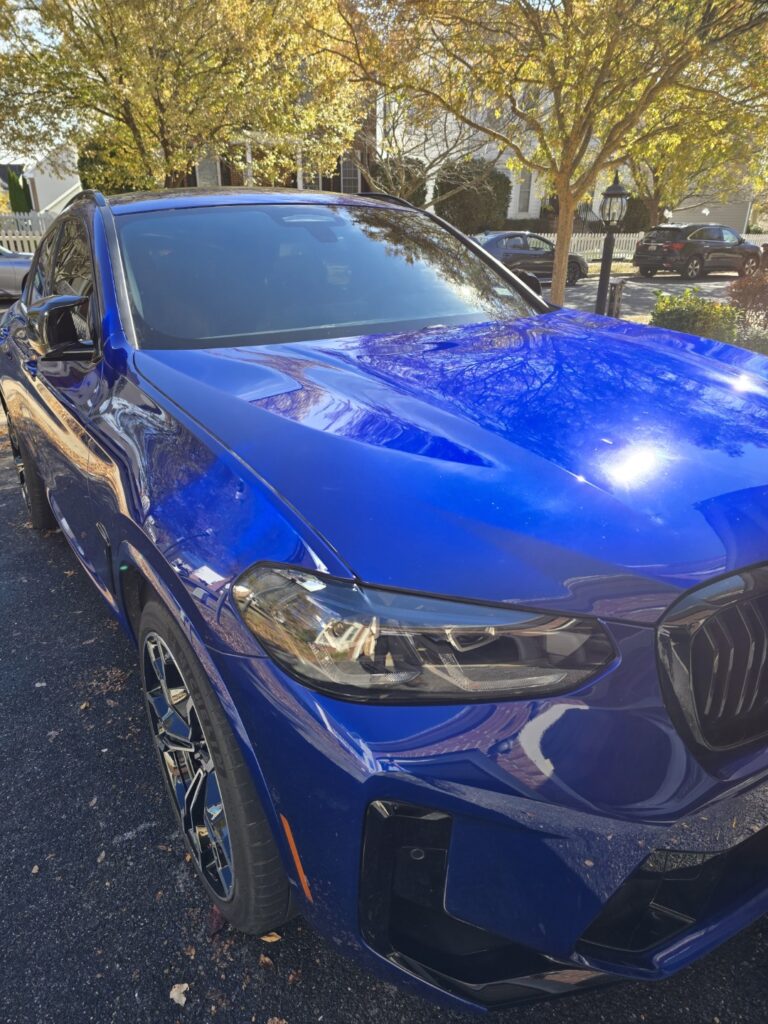
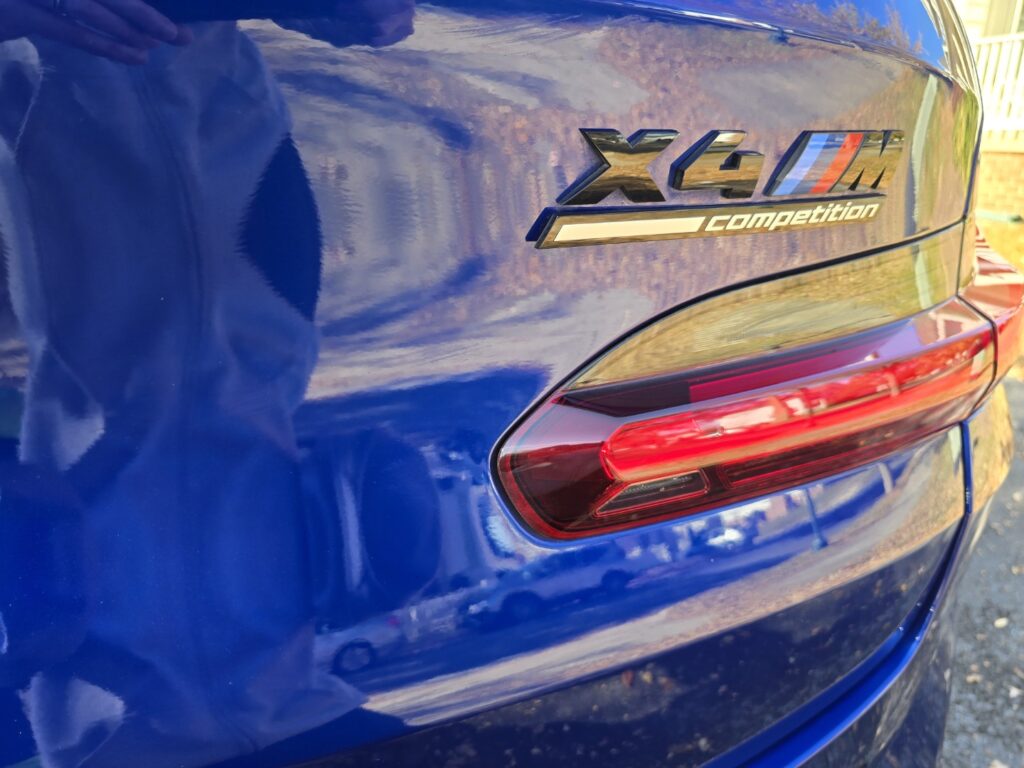
Ceramic coating is ideal if:
- You want a glossy finish with water-repellent properties.
- Your car is exposed to harsh sunlight regularly.
- You’re looking for a budget-friendly option for paint protection.
Scenarios Where PPF Works Best
PPF is perfect for:
- High-end or luxury cars prone to scratches.
- Cars frequently driven on highways with heavy road debris.
- Areas like bumpers, mirrors, and door edges that experience the most wear.
Combining Ceramic Coating and PPF
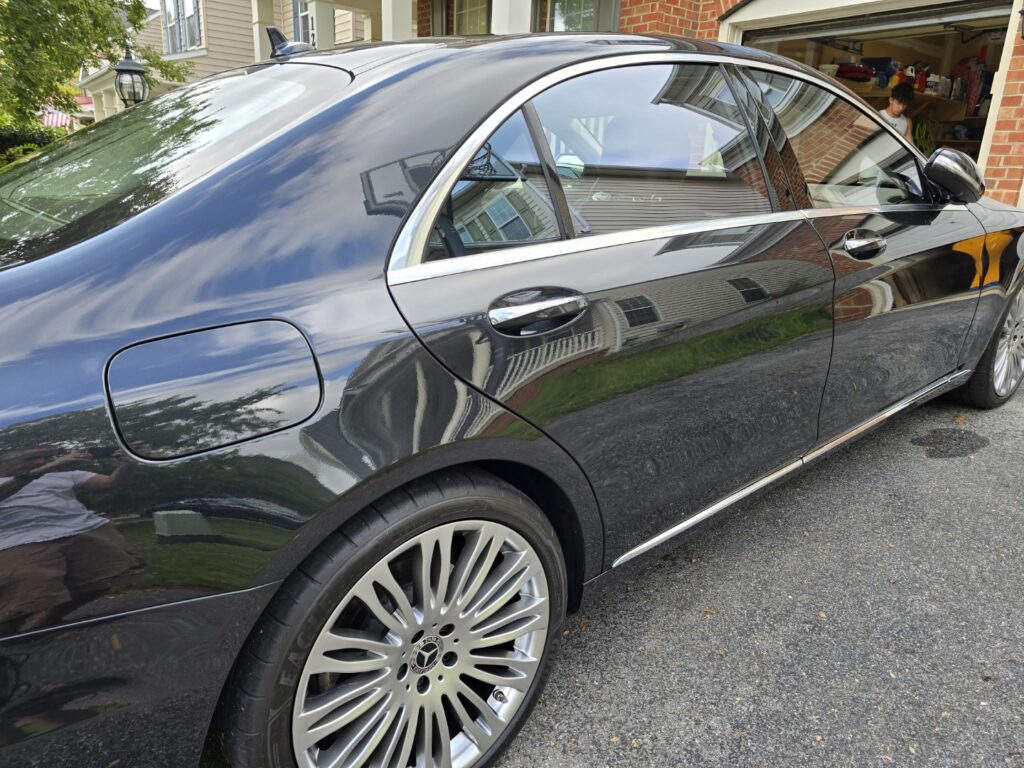
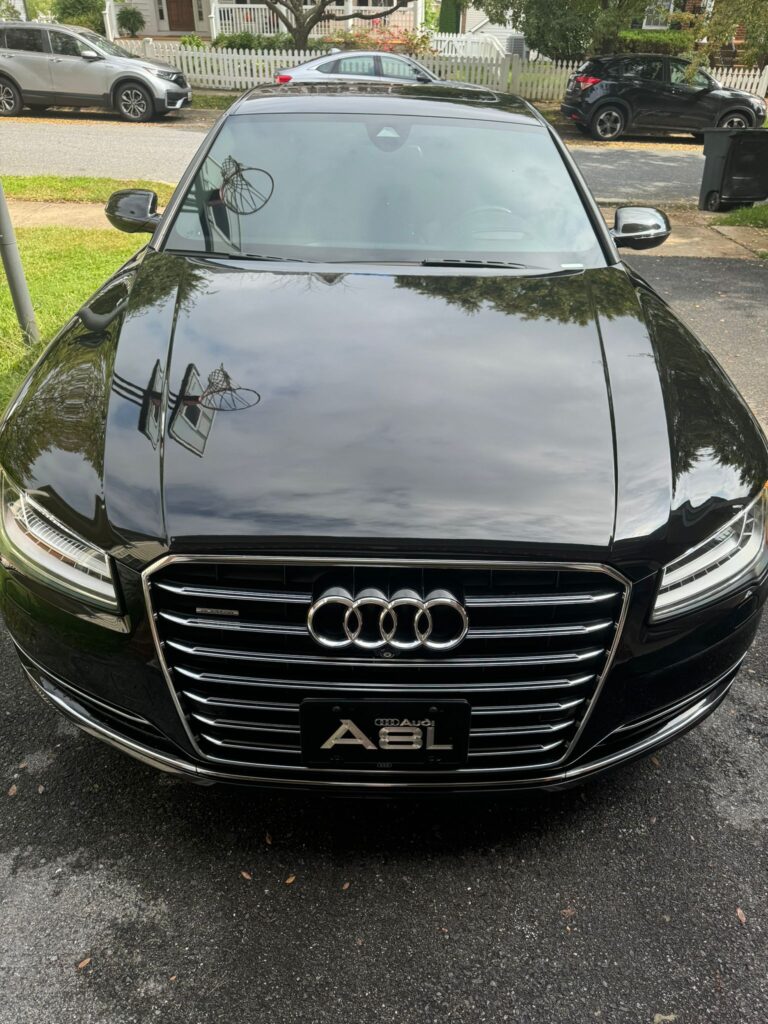
Yes, you can use both! Apply PPF to high-impact areas and ceramic coating on the rest of the car. This combo gives you the best of both worlds: superior protection and enhanced gloss.
How to Choose Between Ceramic Coating and PPF
Consider the following:
- Budget: Ceramic coating is more affordable.
- Driving Habits: Frequent highway drivers benefit more from PPF.
- Car’s Needs: Luxury cars may require both for optimal protection.
Professional Installation vs. DIY
While DIY kits exist for both, professional installation ensures long-lasting results. Improper application can lead to peeling, bubbling, or uneven coverage.
Maintenance Tips for Ceramic Coating and PPF
- Use mild, pH-balanced car shampoos.
- Avoid abrasive sponges or brushes.
- Inspect for damage regularly and repair promptly.
Cost Comparison: Ceramic Coating vs. PPF
Ceramic coating is cheaper upfront but may require reapplication. PPF has a higher initial cost but offers unparalleled protection, making it a worthy long-term investment.
Myths About Ceramic Coating and PPF
- Myth: Ceramic coating makes your car scratch-proof.
Fact: It only provides minor scratch resistance. - Myth: PPF is unnecessary for everyday cars.
Fact: Any car can benefit from added protection.
Conclusion
Choosing between ceramic coating and PPF ultimately depends on your priorities. If you want gloss and water resistance, ceramic coating is a great choice. For physical protection against scratches and chips, PPF is the way to go. Combining the two can offer the best of both worlds for ultimate car care.
FAQs
1. Can ceramic coating and PPF be applied together?
Yes, combining them offers maximum protection and enhanced aesthetics.
2. How long does ceramic coating last?
It lasts 2-5 years with proper maintenance.
3. Is PPF suitable for all cars?
Yes, it’s ideal for any car, especially those frequently exposed to road debris.
4. Does ceramic coating make a car scratch-proof?
No, it only provides limited scratch resistance.
5. How do I maintain my car after applying PPF?
Clean regularly with non-abrasive products and avoid harsh chemicals.
